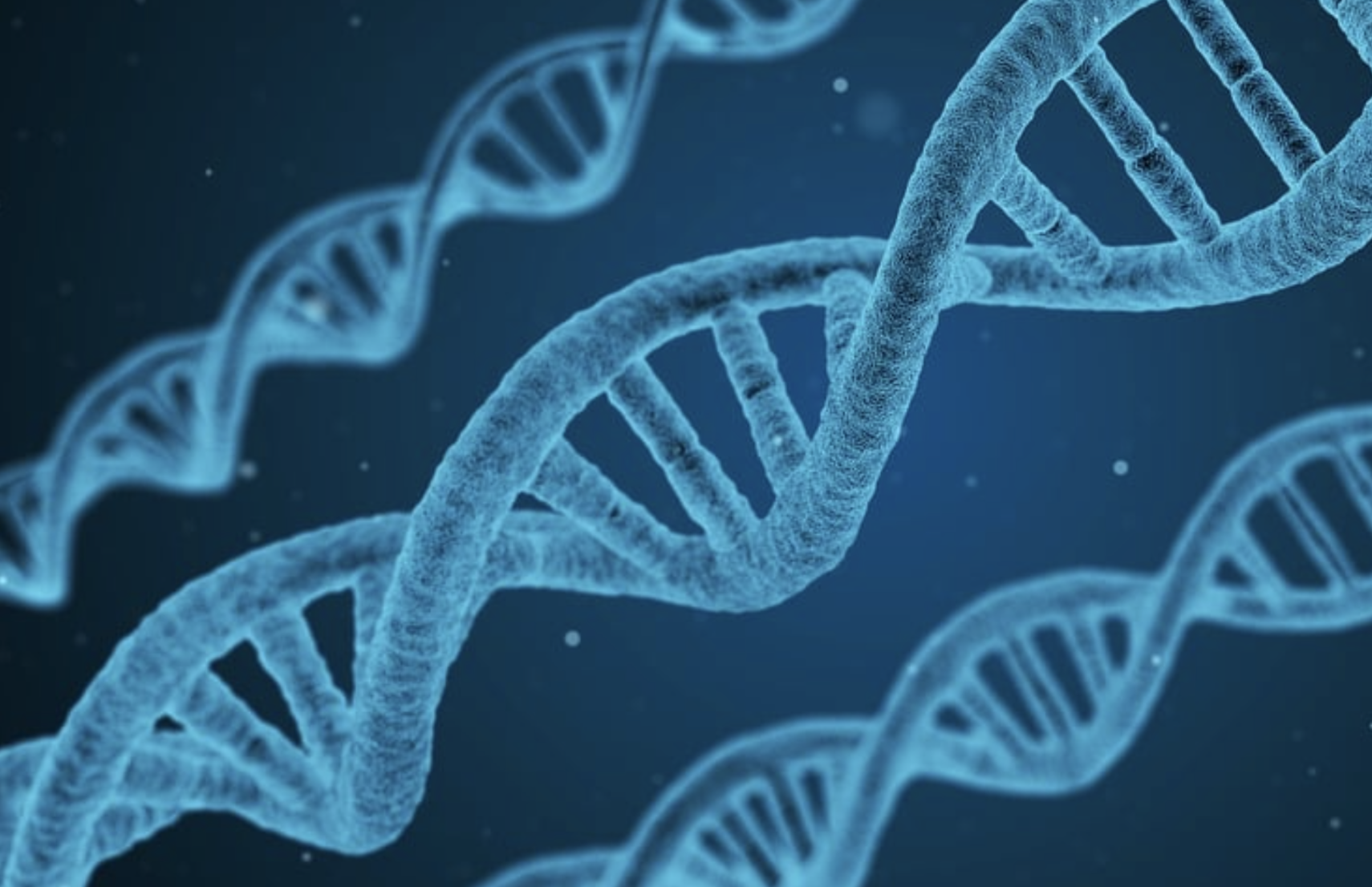
[객원 에디터 4기 / 한동민 기자] Studying cell processes always has been an obstacle to humans, but a new way of forming nanobots out of DNA is substantially changing the field of bioengineering.
The knowledge modern researchers have of different types of cells is limited. Usually, the dysfunction of this cellular mechanosensitivity (receptors that are sensitive to mechanical forces) leads to serious diseases such as cancer, which results when cancer cells migrate within the body by surrounding and constantly adapting to mechanical properties.
Although different technologies have been implemented to control and supervise cellular activities, they all have significant limitations. For example, many recent technologies are expensive and inaccessible to most researchers. In addition, they prevent researchers from studying multiple receptors at the same time, thus making it a very time-consuming process.
However, a recent study conducted by Gaëtan Bellot at the Structural Biology Center in France found an alternative method. Researchers used the DNA origami method to build nano-robots, which allowed them to construct a variety of 3-D structures such as biosensors by adding heat to DNA strands. By creating micro-sized robots to fit in the human body, they were able to direct the robot to specific cells and apply forces to targeted mechanoreceptors.

This technological development will not only improve our current understanding of molecular mechanisms but lead to the discovery of new cell receptors, which are critical to the future of cell studies. As Bellot claimed, “The design of a robot enabling the in vitro and in vivo application of piconewton forces meets a growing demand in the scientific community and represents a major technological advance.”
Sources: ScienceTechDaily, Nist.gov, Openaccessgovernment.org,





